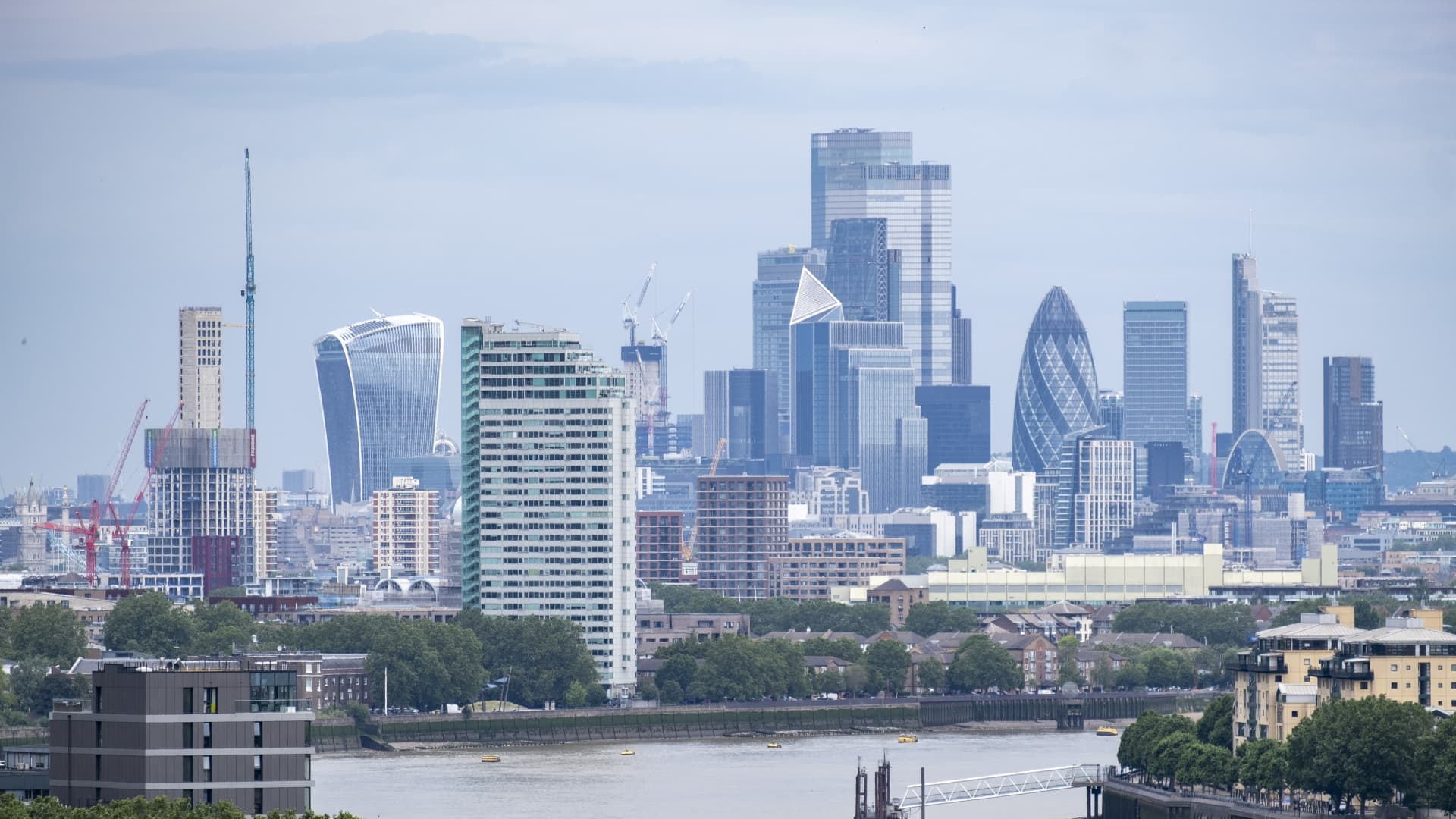Products You May Like
LONDON — The U.K. economy slipped into a technical recession in the final quarter of last year, initial figures showed Thursday.
The Office for National Statistics said U.K. gross domestic product shrank by 0.3% in the final three months of the year, notching the second consecutive quarterly decline.
Though there is no official definition of a recession, two straight quarters of negative growth is widely considered a technical recession.
Economists polled by Reuters had produced a consensus forecast of -0.1% for the October to December period.
All three main sectors of the economy contracted in the fourth quarter, with the ONS noting declines of 0.2% in services, 1% in production and 1.3% in construction output.
Across the whole of 2023, the British GDP is estimated to have increased by just 0.1%, compared to 2022. For the month of December, output shrank by 0.1%.
U.K. Finance Minister Jeremy Hunt said that high inflation remains “the single biggest barrier to growth,” since it is forcing the Bank of England to keep interest rates firm and stymie economic growth.
“But there are signs the British economy is turning a corner; forecasters agree that growth will strengthen over the next few years, wages are rising faster than prices, mortgage rates are down and unemployment remains low,” he added.
Inflation has come down markedly in the U.K., but remains well above that of the country’s economic peers and the Bank of England’s 2% target, squeezing household finances. The headline consumer price index reading came in at 4% year-on-year in January.
Notably, GDP per capita — which adjusts for population growth — contracted by 0.6% in the fourth quarter, after a 0.4% decline in the previous three months, and fell further through each quarter of last year. Over the whole of 2023, seasonally-adjusted GDP per head shrank by 0.7%.
‘Shallow and short-lived’ recession
Marcus Brookes, chief investment officer at Quilter Investors, said that the figures most likely indicate that the recession will be a “potentially shallow and short-lived one that may not reflect the true state of the economy,” which is set to experience a “muted recovery” throughout 2024.
“U.K. GDP contracting in both December and the fourth quarter of 2023 is mainly due to persistently high inflation, structural weaknesses in the labour market and low productivity growth, but also adverse weather conditions,” Brookes said via email.
“These factors affected the performance of the services and construction sectors, which are the main drivers of the U.K. economy.”
He noted that some of these hindrances are temporary and have already started to ease, with the inflation print of January undershooting forecasts for a reacceleration.
“Over the coming months, we expect inflation to fall, potentially easing the pressure on U.K. households, and supporting the recovery of the consumer-driven economy,” Brookes added.
“The key indicator to watch is inflation in the services sector, which accounts for the bulk of the UK’s economic activity and employment and reflects the strength of wage growth and consumer demand, which are crucial for the U.K.’s recovery.”
Neil Birrell, chief investment officer at Premier Miton Investors, said Thursday’s figure and the softer-than-expected inflation data “may give rise to some concern over economic strength in the coming year.”
“Most sectors of the economy were weak, but the optimists will point to the fact that there is plenty of scope to cut interest rates should the current trend in inflation and growth accelerate.”
